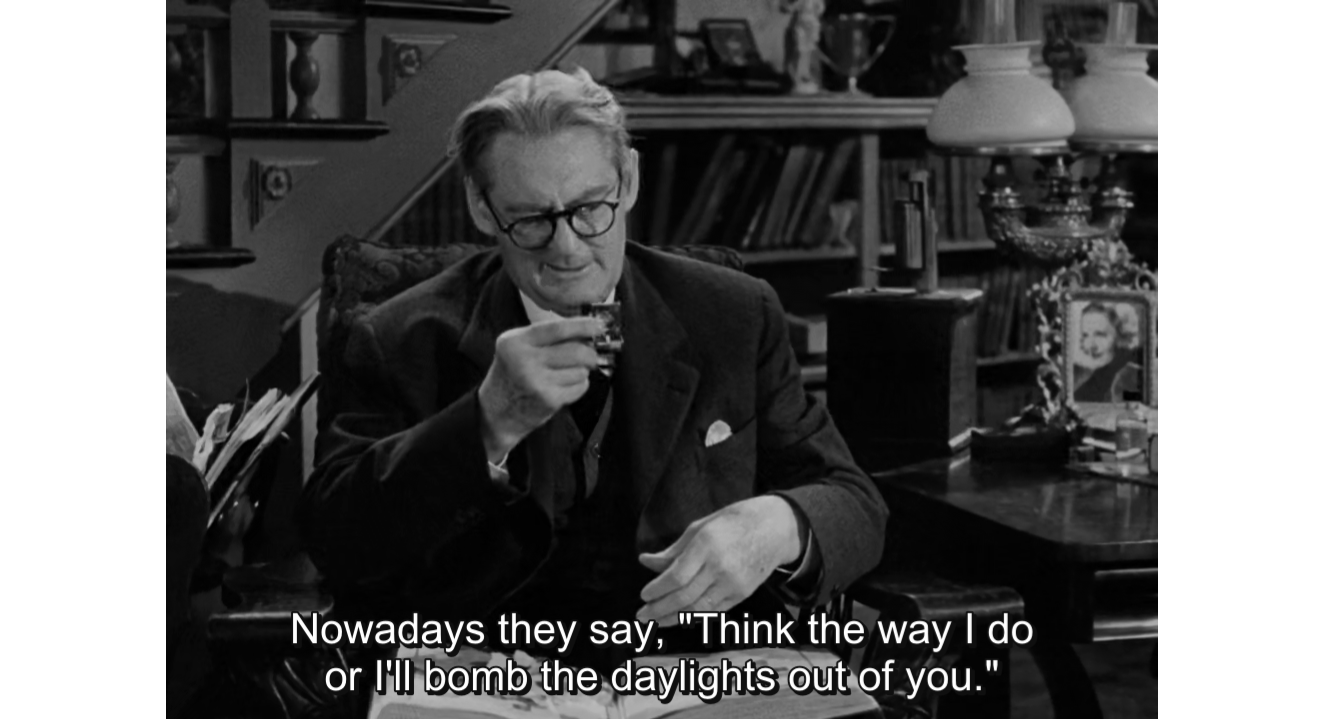
The Warrior (Asif Kapadia, 2001)
Director Asif Kapadia's first feature film The Warrior is what a person may unbashedly describe as a mongrel film. The story is based on a Japanese tale, adapted to an Indian setting, directed by a Brit-Indian who co-penned it with an Englishman, photographed by a German-Nigerian cinematographer, scored by an Italian, with a Bollywood star for the main lead, and hundreds of Indians as extras, all funded with money sourced from the Great Britain and Germany. Despite the confusion that may arise out of the mixed nationalities of the people behind the production, The Warrior is a simplistic epic whose raison d'etre can be likened to the recurring themes of Western-genre films.
It's basically a revision of Sergio Leone's The Good, The Bad, and The Ugly (1966) trimmed down from sprawling historical epic to near-silent parable. That simply means that there's a lot less of the fun, the testosterone, and the adventure of the spaghetti western, and instead of Clint Eastwood who figures out a way to use his gunslinging skills for arguably moral ends, we have the titular warrior who completely erases violence from his vocabulary to live a life in the serene splendor of the foothills of the Himalayas.
The titular character (Irfan Khan) is a hired thug of the local landowner who exacts revenge from his non-paying tenants by ordering the warrior and his horde to pillage and burn the villages of those who can't pay. The point of catharsis for the warrior is when he almost kills a little girl who is wearing the necklace of his son. Almost immediately, he withdraws from his former life of killing to finally reunite with his hometown. The warrior's betrayal of his duty angers the landowner and orders the other mercenaries to hunt him down, and in the process, killing his only son. Instead of vengeance, the warrior quietly journeys to his hometown, meeting a petty thief (Noor Mani) and a perceptive blind woman (Damayanti Marfatia) on the way.
One thing that can be said about The Warrior is that it is gorgeous. Cinematographer Roman Osin captures the change of landscape from harsh deserts to the peaceful mountains with a touch of visual poetry. There's so much beauty to behold in the film that one may consider the film's visual touches a mirage to the barrenness of the material. It is acknowledged that The Warrior's story has meager roots. Co-writer Tim Miller describes the source as a fable about the son of a warrior who is killed for lying to save his father when a cruel landowner asks whether the beheaded man his minions has just killed is his father.
Kapadia and Miller muse as to what could've happened to the father, who doesn't figure anymore in the Japanese fable. Their conclusion is that the father suddenly leaves his life of violence, which is totally acceptable if Kapadia merely took a strong-willed insistence on the entire catharsis. In the film, the change is so sudden, far-too mystical and abstract, to have you suddenly rooting for the changed hero. All his life he led a life of violence, doing the bidding of his cruel master, and even training his son to follow his footsteps, and in a whim, he lets go of such without a care.
Kapadia insists on telling his tale as minimally as possible. He relies on Irfan Khan's subtle gestures to move his plot, but as such, he often stumbles in his struggle for simplicity. The result is quite a hefty bore. True, I was enchanted by the scenery, lullaby-ed by the musical score, and lead on by the afterthought of a parable, but in the end, it all feels so dull, so inherently pointless, that I adopted a conclusion that the film is mostly pretentious, insincere, and confused. Kapadia sought to utilize his European film theories learned from film school, with what he thought was an adept knowledge of his Indian roots, but fails to understand that his unvocalized tale staggers with the weight of his overly zealous visuals.



































No comments:
Post a Comment